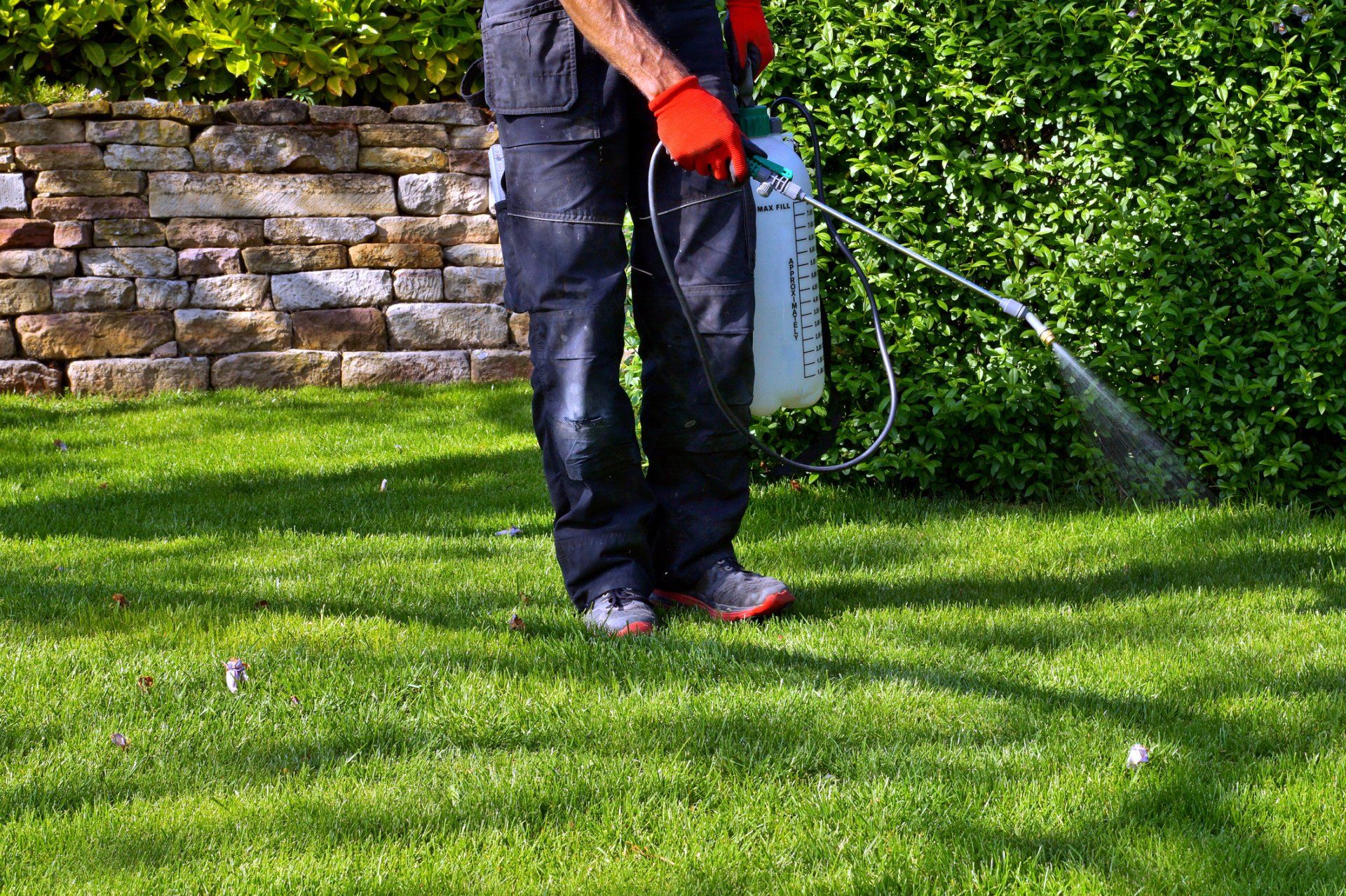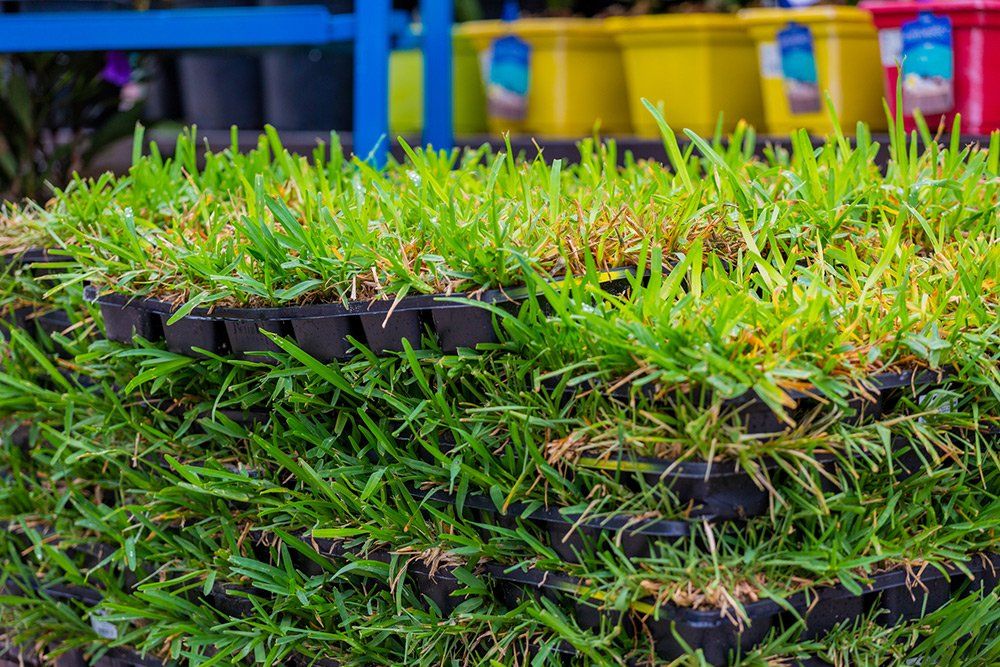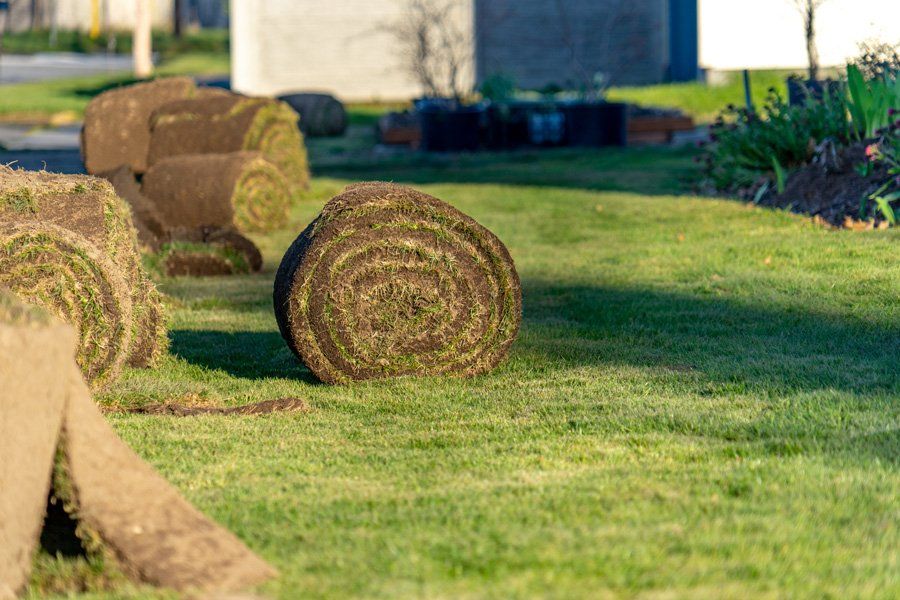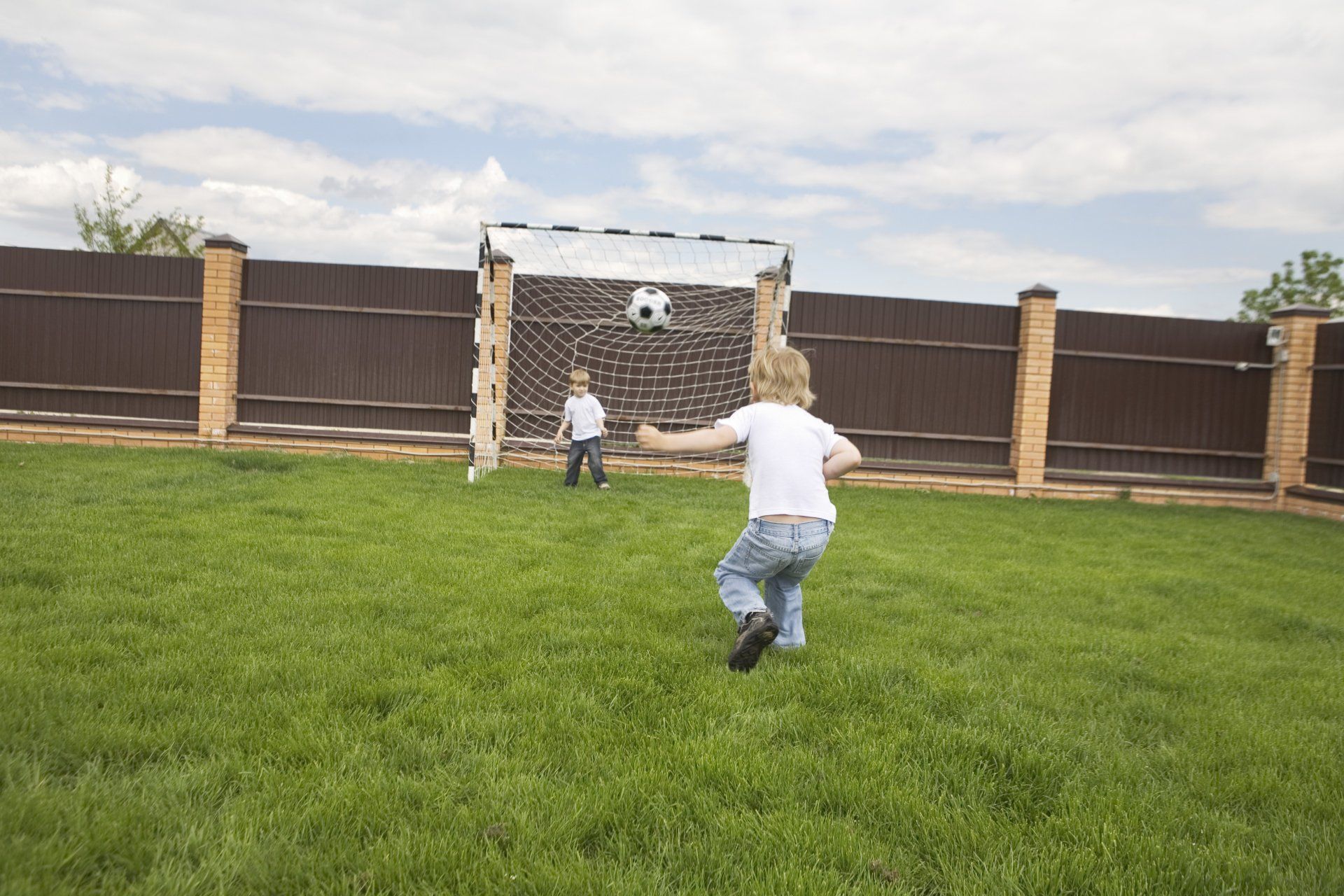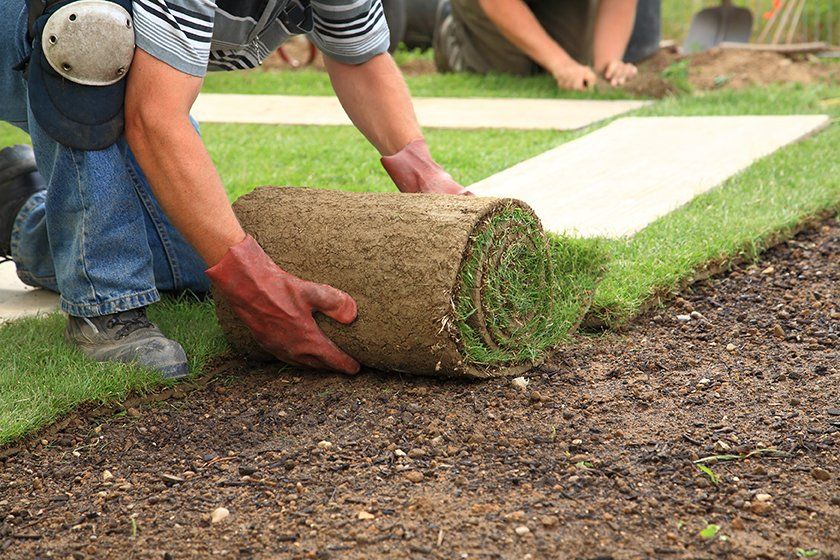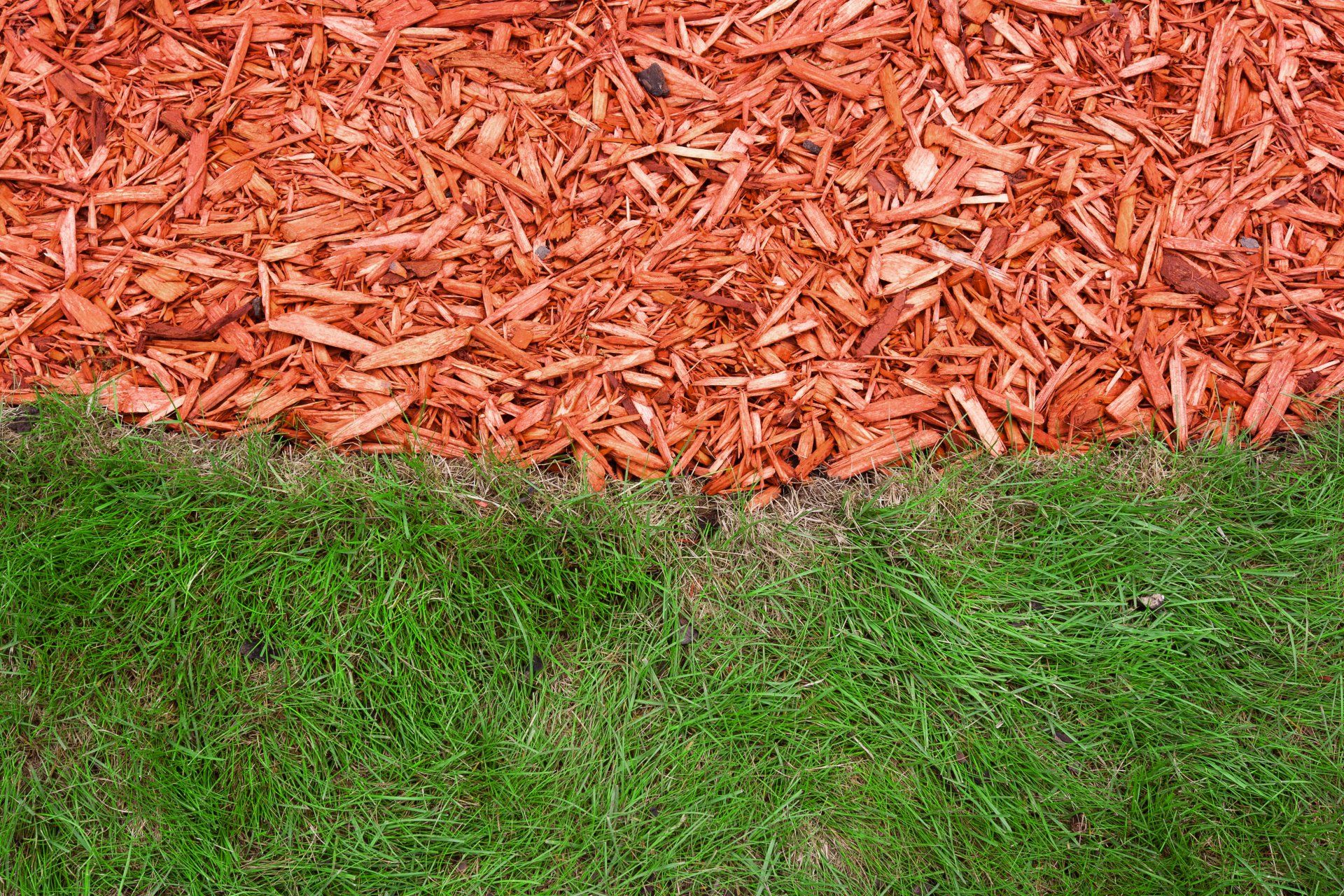The Sod Is Installed - What's Next?
- By Admin
- •
- 05 Jan, 2021
- •
When you choose to lay sod in your yard to breathe new life into it, you make an investment you'll have to protect. You may think once it's down, you won't have to do any more work, but if you want to keep your yard looking nice, sod can't be a one-time commitment. The next couple of weeks will be crucial to your new grass's survival. This blog goes over the next steps of caring for your freshly-laid sod.
Water, Water, Water
As soon as your lawn care professionals put the sod down, you need to begin watering the yard. The farm your grass grew on will have taken good care of it, but between the transportation process and the time spent laying it down, the sod will likely dry out and become unconducive to growth. Right after your contractors finish laying the sod, water your lawn long enough to soak down into the soil below - about 20 minutes.
For the next couple of weeks, water your lawn vigorously. Run the sprinklers two or three times a day, around five to ten minutes each time - long enough to soak down into the dirt at least a few inches. You may think this much water is excessive, but your grass needs to bond the new turf with the old lawn. After three or four weeks, you should be able to cut back your watering schedule to normal.
Stay Off The Lawn
If you walk on your lawn too soon after installation, you'll risk compacting your soil and stressing the new roots, both of which are harmful to your grass's health. After 10 to 14 days, your grass should have grown into the land, and you'll be free to walk on it as you please. Vary your routes if you can, though; your grass isn't in as much danger, but you could still wear paths in your yard if you're not careful.
Feed the Grass
Fertilizer is significant for your new sod's health, as long as you apply it correctly. Choose a fertilizer appropriate to the preexisting soil in your yard and to the grass you're adding; your fertilizer should provide plenty of phosphorus and potassium to encourage new growth. Organic fertilizers usually fare better than chemical compounds, which could harm your lawn.
Your sod farm will have nourished your turf beforehand, so you won't need to fertilize too soon after installation. Experts recommend applying the first round of fertilizer between two weeks and a month after you receive your grass. Continue to fertilize regularly, and according to the season you choose to install your grass - once a month until your area freezes should go a long way towards growth.
Mow With Caution
Cutting the grass is another area where patience makes a better lawn. The delicate roots need time to sink into your soil, and the blades need to establish themselves. Wait to mow until at least two weeks after installation, and add another week if you aren't sure. You should notice the grass getting long by that point. When it gets to about three or four inches tall, it's the perfect time to trim it.
Even after waiting, mow with precision so that you don't tear up the sod. Base your desired grass height on the season: in the summer, you'll want to leave it at about three inches tall, while you can trim it down to two inches in the fall. The key is to leave the blades long enough to encourage the grass to grow back.
If you need to call in experts to spruce up your lawn, Turf Masters Sod Farm is here to help. Get in touch today for all of your turf and sod needs.



